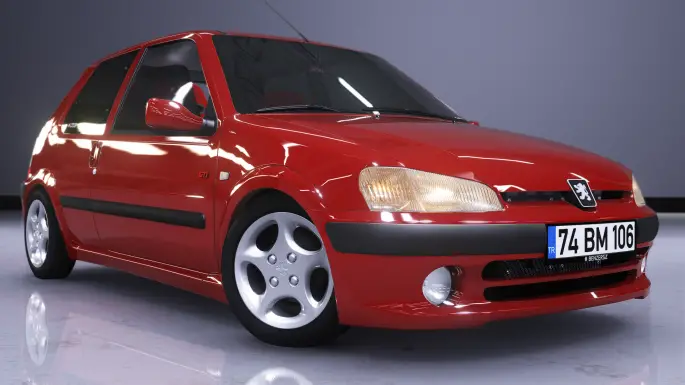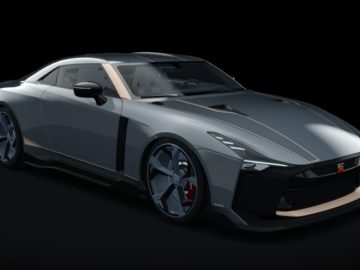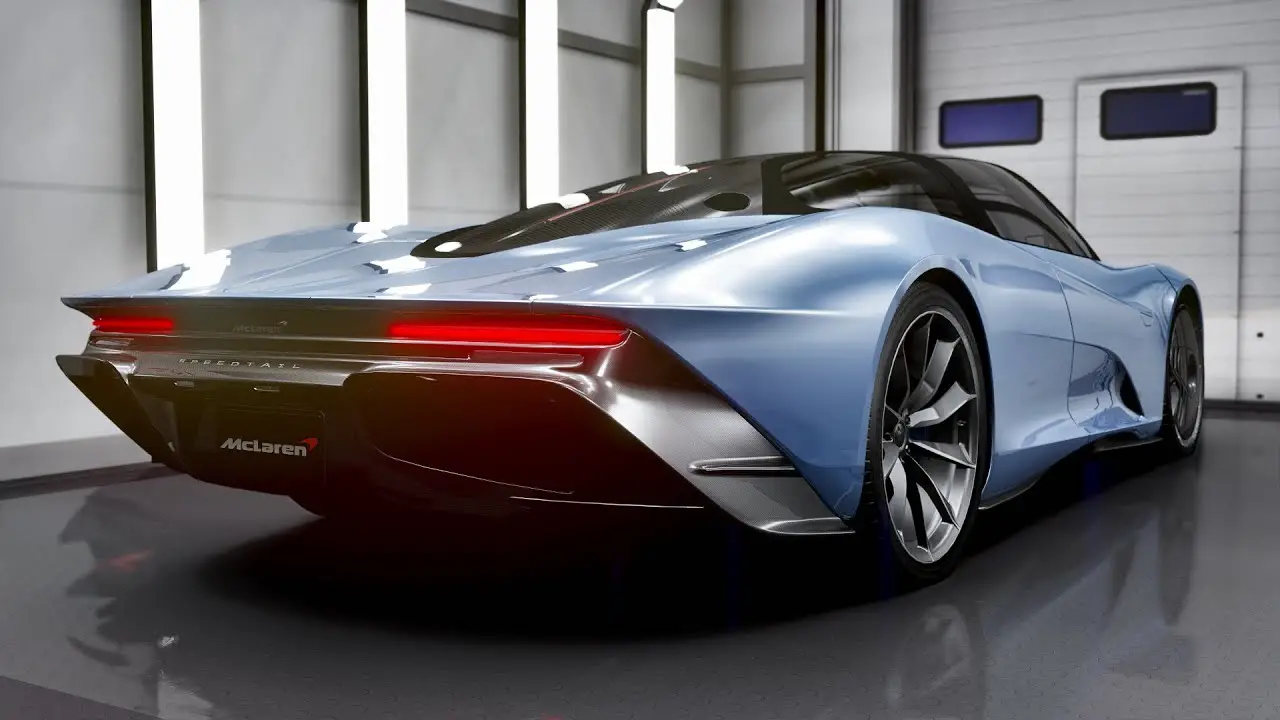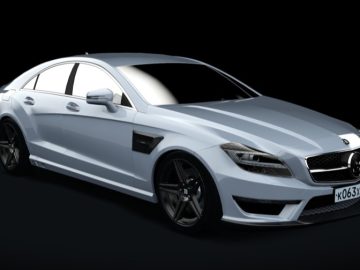Country: France
Year: 1997
Power: 211 bhp
Torque: 210 Nm
Weight: 950 kg
Acceleration: 6.4 s 0–100
Max Speed: 244 km/h
Made by: Efe
Controls:
Extra Option A = Parking Lights
Extra Option B = Fog Lights
Extra Option C = Android Auto Animation
Extra Option D = Window Animation
Extra Option E = Interior Light
Peugeot skillfully crammed a generous 1.6 liters beneath the hood, showcasing the TU5J4 unit adorned with a sophisticated double overhead cam 16-valve head. This configuration yielded an impressive peak power output of 120bhp, accompanied by a robust 107lb ft of torque. The transmission duties were deftly managed by a five-speed manual gearbox, seamlessly channeling the drive to the eager front wheels.
The front suspension employed MacPherson struts interlinked by an anti-roll bar, while the rear half of the vehicle found support in trailing arms, a torsion bar, and yet another anti-roll bar – a medley of quintessential Peugeot hot hatch engineering.
Although the 106's kerb weight clocked in at 950kg, an unremarkable figure for a compact car, it bestowed upon the GTi a commendable power-to-weight ratio. Surprisingly, this ratio surpassed that of the 1.8-liter turbocharged Volkswagen Golf Mk4 GTI. Consequently, the GTi exhibited a swift 60mph sprint, clocking in at a mere 7.4 seconds, narrowly avoiding breaching the 130mph mark.
From an aesthetic standpoint, the 106 GTis stood out with a fresh design featuring novel front and rear bumpers adorned with stylish round fog lights at the front. The addition of wheel arch extensions and a striking ensemble of 14-inch alloy wheels, wrapped in 185/55 rubber, further accentuated the car's visual allure. Inside the GTi, distinctions were subtle (with Rallye models embracing a more overt sporting demeanor). However, the transition from cloth seats in earlier models to the luxurious combination of leather and Alcantara marked a noteworthy upgrade in phase 2 cars. Additionally, the introduction of white-faced instrument dials added a touch of sophistication.
Notably, the evolution of later models was highlighted by the elimination of plastic side rubbing strips, serving as a clear identifier for those keen on spotting these refined iterations.





